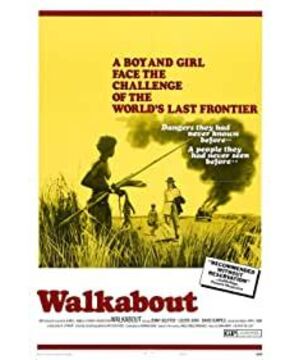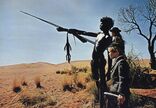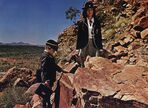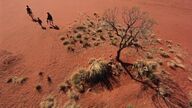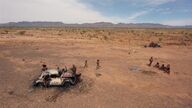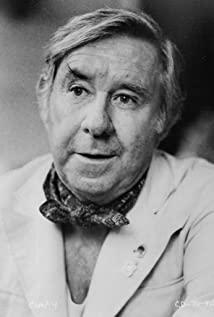Following the last wave introduced in the previous movie, Walkabout is also one of the masterpieces of the Australian New Wave in the 1970s. Just looking at the original English title or the translation of the roaming tales of sisters and brothers will assume that the description of this movie is not adapted to nature. Another Robinson Crusoe of modern mankind is not the case. "Walkabout" is actually the custom of the Australian aborigines. Teenagers who reach a certain age must leave the tribe to travel abroad and accept the test of nature, even if the result may even lead to loss of life.
This highly misunderstood title can be said to be consistent with the content of the movie. In addition to discussing the separation of modern humans from nature, there may be more ideological distortions in the world in which modern people live. We subjectively think that it is the death of sister and brother in the wilderness, but judging from the little natives who ventured out, they are actually victims who have hit the wall of the modern system.
To break the common beliefs of mankind, the cultural collision between Australia's indigenous history and the whites who came from later immigrants is a good introduction. Nicolas Roeg, who used to be a photographer and participated in the shooting of Lawrence of Arabia, used his superb photographic techniques to take pictures of superb natural scenery and ingenious montages to perfectly present the contrast between industry, town and nature.
The scene from the city is unmechanized and cold. The details hint at the indifference and numbness between people. However, the greater impact is behind. The father who failed to mine suddenly shoots at his daughter and young son. Unsuccessful but detonated the car. The car burning in the endless nature is the only "product of civilization", and the moment when the civilization disappears is also full of symbolic meaning. The girls and little boys who escaped have officially left the "civilized world" they were accustomed to. ". Such symbolic scenes are frequently run through in the film, such as the montage of indigenous teenagers capturing kangaroo barbecues and slaughterhouses, and the brutal way of white hunters catching buffaloes with impact at the end of the film, all silently mocking the cruelty of "civilization".
The relationship between the girl, the little boy, and the aboriginal teenagers who met in the wilderness is also intriguing. Because she is close to adulthood and framed by the ideology of modern "civilization", she has no change even when faced with primitive nature. Believe that the indigenous people do not understand English, the natural baptism and the company of the indigenous boys are nothing but a short-lived adventure like the Wizard of Oz, not her real world. Compared with his sister, his younger brother is still very young. He maintains the animal nature and instinct that has not been instilled. He can communicate with the boy very quickly and is more able to integrate into nature. And the kind-hearted aboriginal boy who survives by nature is also full of confusion about the civilized world and beautiful girls. In the film, a white woman sees an aboriginal boy questioning the boy but ignores her, and the white woman does not see a wandering sister and brother, which is more symbolic. The divergence of the beliefs of human beings who are deeply rooted in the ideology of civilized society from reality and nature can even allow them to filter out what actually exists. It’s like a girl never understands the meaning of aboriginal boy dance. When she found the so-called "belonging", where there was human civilization, she encountered deserted mines and indifferent guards, but she still seemed to disagree, but just replied. After arriving in the honeycomb-like concrete jungle, I occasionally miss the happiness of nature.
In the film, it is a very ingenious journey from the city to the nature to return to the traces of human development, the over-mined scrap copper and rotten iron, the ghost city-like factory buildings, and finally back to the cold city. The curious aboriginals who played with the burnt cars and the aboriginals who worked for the white people gradually showed a sense of erosion, while the aboriginal boys who went out for adventure could only understand the natural world of instinct and wildness. He discovered the existence of roads, cruel hunters, and girls who ignored him and belonged only to the civilized world, and he was destined to end his "Walkabout" in tragedy.
View more about Walkabout reviews


